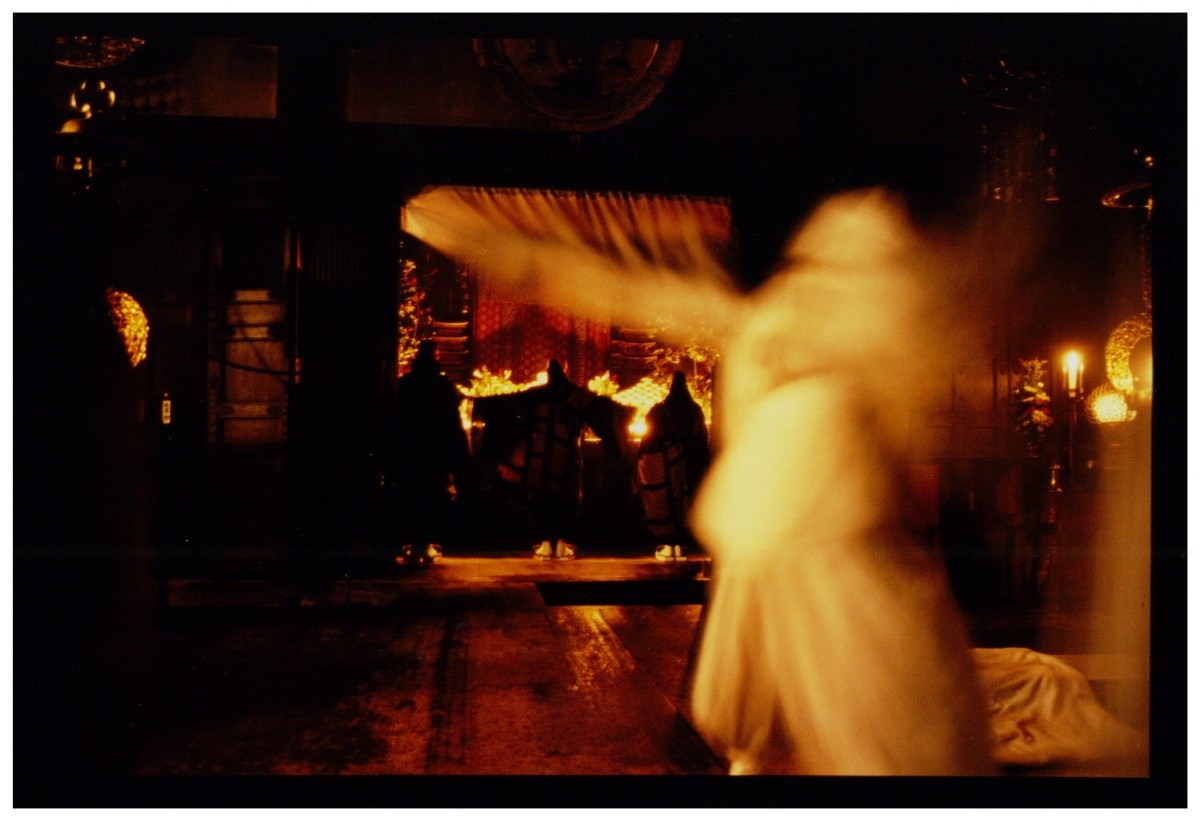
The Shuni-e Ceremony, often called the "Omizutori", or Water Drawing ceremony, is one of the famous events at Todai-ji Temple in Nara and is held every year from March 1st - 14th. The ceremony has been held every single year for 1260 years. From March 1st - 14th, every night, there is a popular fire ceremony with giant pine torches, which has been featured in many TV or newspaper stories.
About The Shuni-e "Omizutori" Ceremony
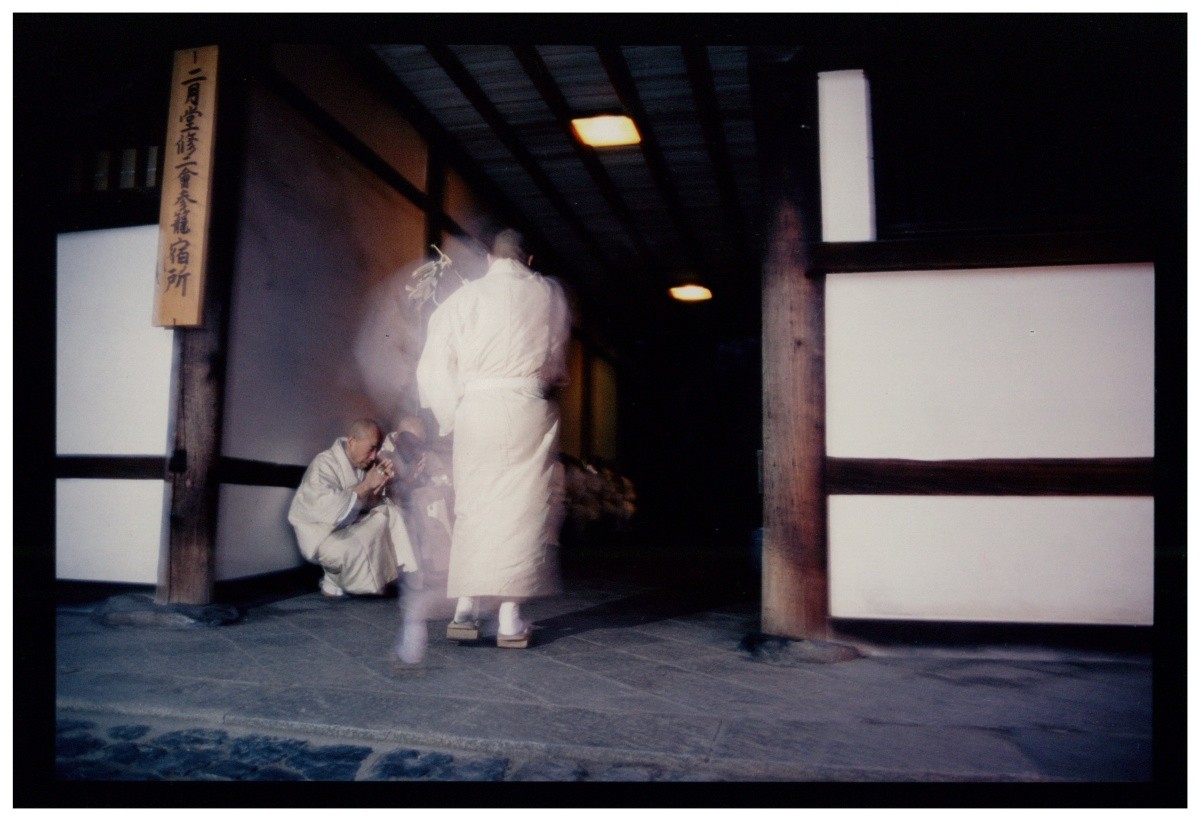
The Shuni-e "Omizutori" Ceremony began in the Nara Period, in 792 (Tenpyo-shoho 4th Year), by the monk Jitchu. Nowadays, the ceremony is held from March 1st - 14th, but in the past, it started on February 1st, so the name of the ceremony "Shuni-e" refers to the 2nd month, and the ceremony is said to call the beginning of spring.
While the main ceremony starts on March 1st, the event actually begins on February 20th. The eleven believers who take part in the ceremony, called the "Rengyoshu", gather and prepare themselves for the main Shuni-e Ceremony, which then begins on March 1st.
When March 1st arrives, they head to the Nigatsu-do hall, and the main ceremony begins. In a ceremony in front of the secret eleven-faced Kannon statue that nobody is allowed to see, the Rengyoshu offer prayers six times a day to repent for the sins and mistakes of the people and pray for peace and bounty. Every night at 7pm, the bells ring, large torches are lit, the prayers and chanting continue until late at night... The torches light the way for the 10 Rengyoshu carrying them (only on the 12th do all eleven believers participate) as they are carried up the staircase, showering their sparks on the visitors below. It is said that it is good for your health to be hit by the falling sparks, so there are many visitors every night.
Spot Information
- Spot name: Great Buddha Hall, Hokke-do, Kaidan-do
- Business Hours: April~October 7:30-17:30, November~March 8:00-17:00
- Holidays: Open year-round
Spot Information
- Spot name: Todai-ji Temple Museum
- Business Hours:
- April~October 9:30-17:30 (last entry 17:00)
- November~March 9:30-17:00 (last entry 16:30)
- Holidays: Open year-round (temporary closures sometimes)
Related Article: The #1 Wooden Great Buddha Hall in the World! Let's Go to Todai-ji Temple in Nara!
Highlights of the Shuni-e "Omizutori" Ceremony
During the 14-day ceremony, at dawn on the last day, the Rengyoshu draw water from the Wakasai well under the Nigatsu-do Hall to put as an offering to the Kannon. The water is then offered to the eleven-faced Kannon, and that is where the "Omizutori" or "Water Drawing" name comes from. The torch used on this day is called the "Kago-taimatsu" or "Basket Torch", and is made from six-meter-long bamboo with the roots still attached, and a basket shape is made on the end with cedar leaves and thin boards, making the head of the torch about a meter in diameter.
Access to Todai-ji Temple
From Nara Station on the JR Yamatoji Line or the Kintetsu Nara Line, take the local circuit bus for about 5 minutes, and get off at the "Todai-ji Daibutsu-den/Kasuga-taisha-mae" bus stop and walk about 5 minutes. Or you can walk for about 20 minutes from Kintetsu Nara Station.
Spot Information
- Spot name: Todai-ji Temple
- Address: 406-1 Zoshi-cho, Nara-shi, Nara Prefecture 〒630-8211
- Access: About a 5-minute walk from the "Todai-ji Daibutsu-den/Kasuga-taisha-mae" bus stop
- Language: Official website available in English. Pamphlets in English, German, Traditional Chinese, French, and Korean available for 700 yen
- Ticket: 600 yen
- Set tickets (Great Buddha Hall and Todai-ji Temple Museum): 1000 yen
- Business Hours/Holidays: Varies by facility. Refer to above.
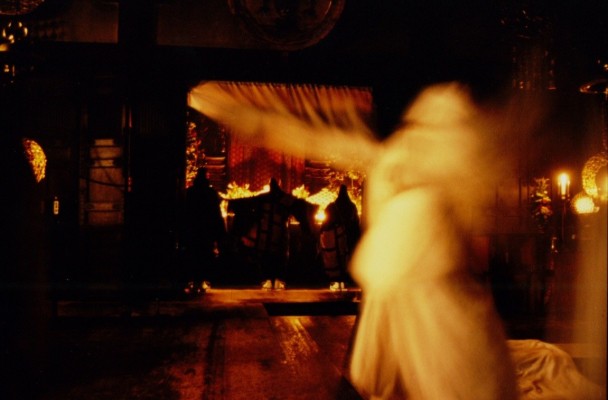
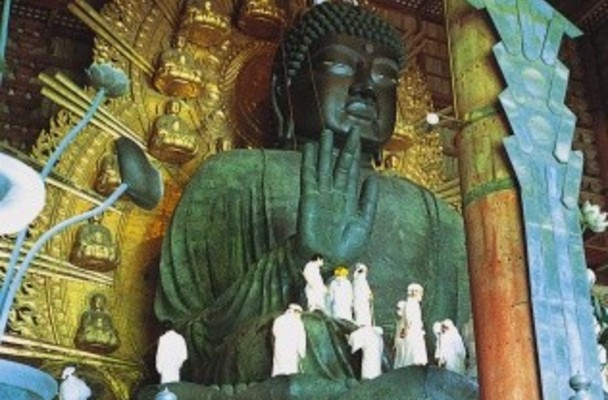
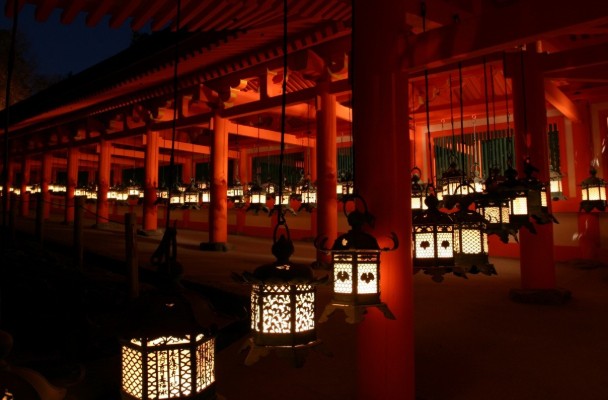
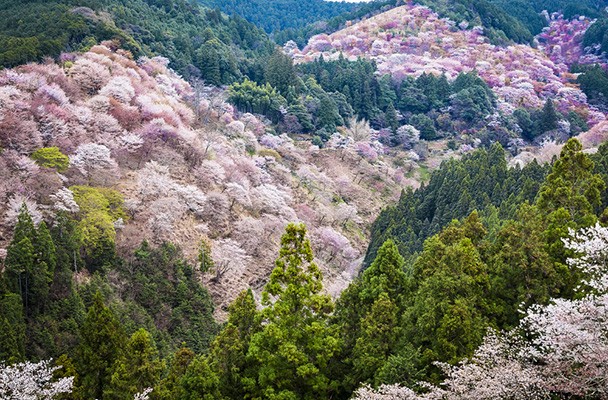
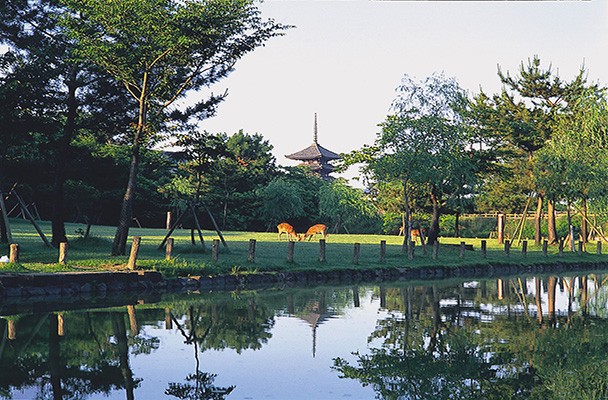
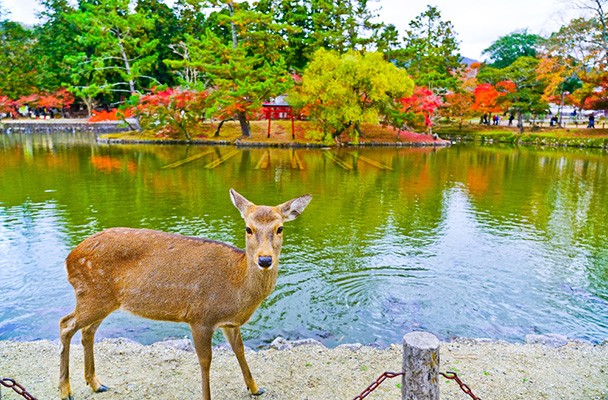
Comments